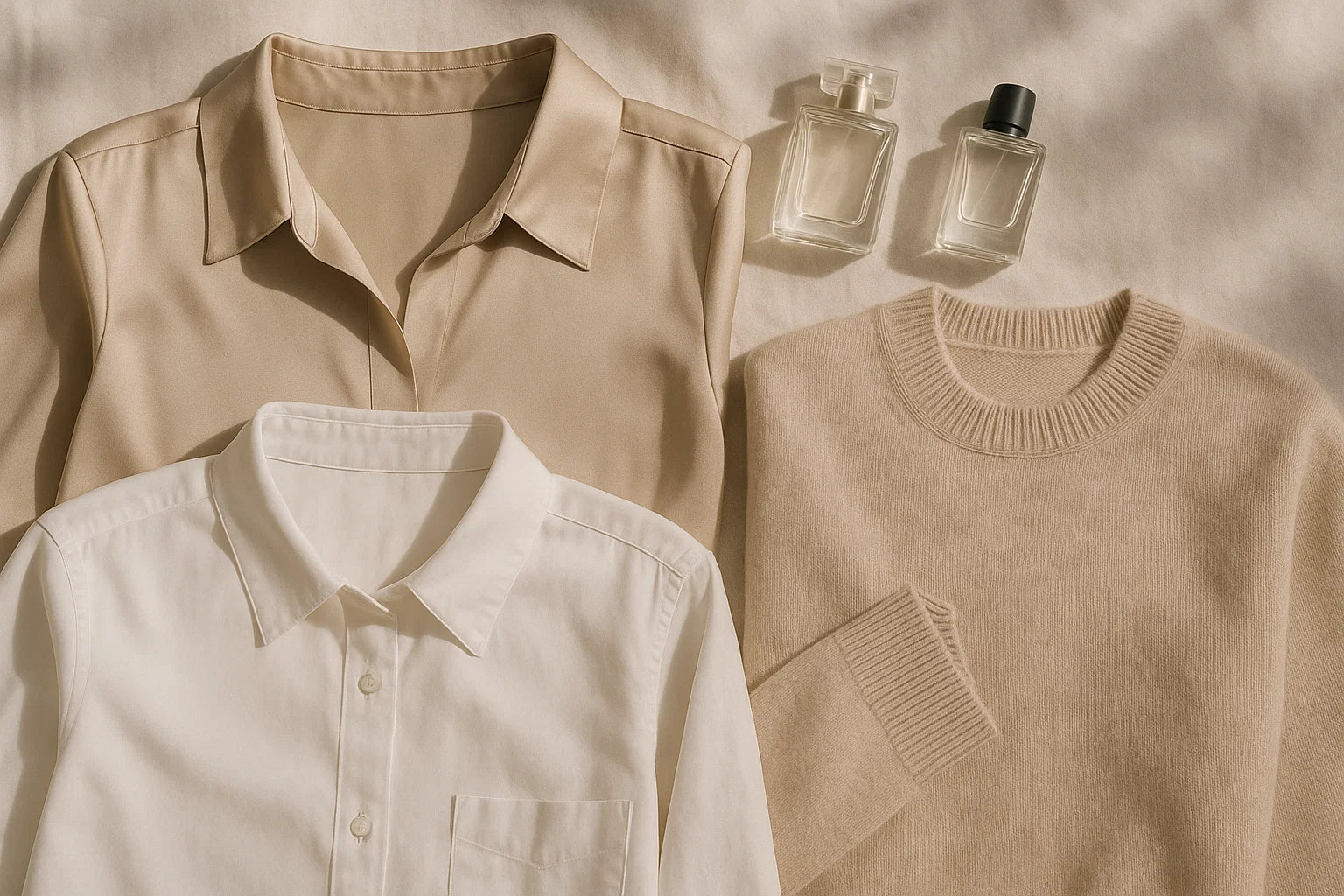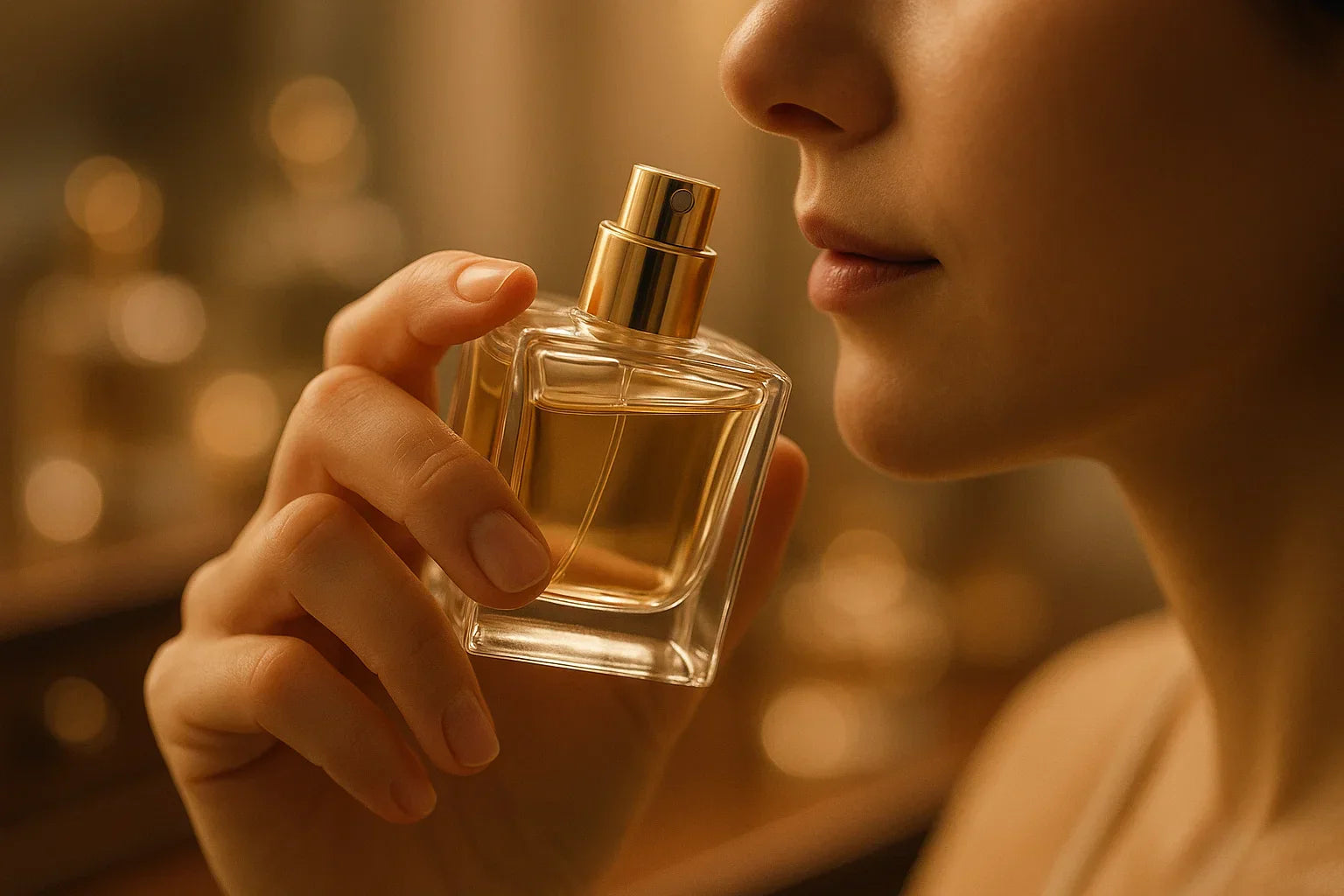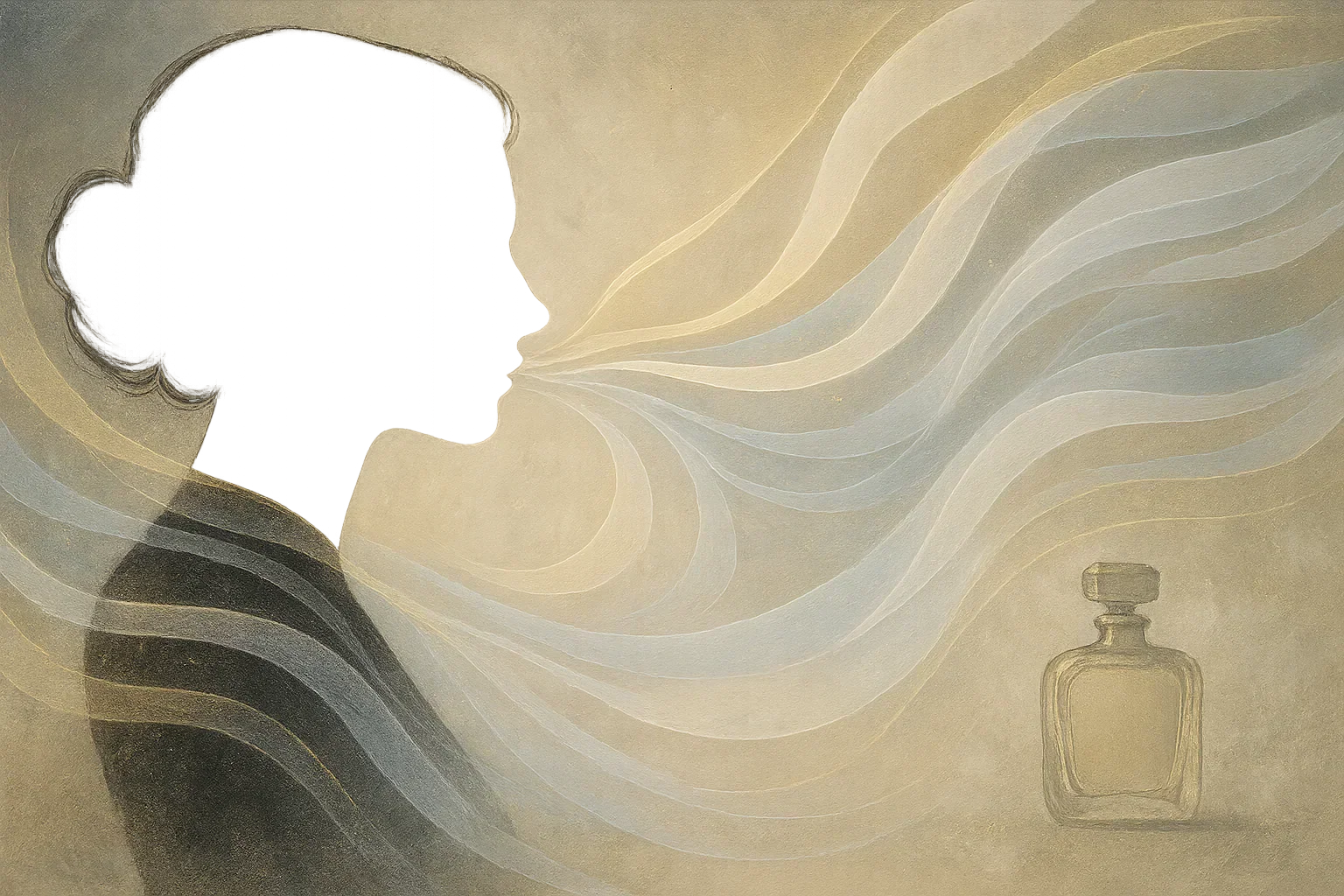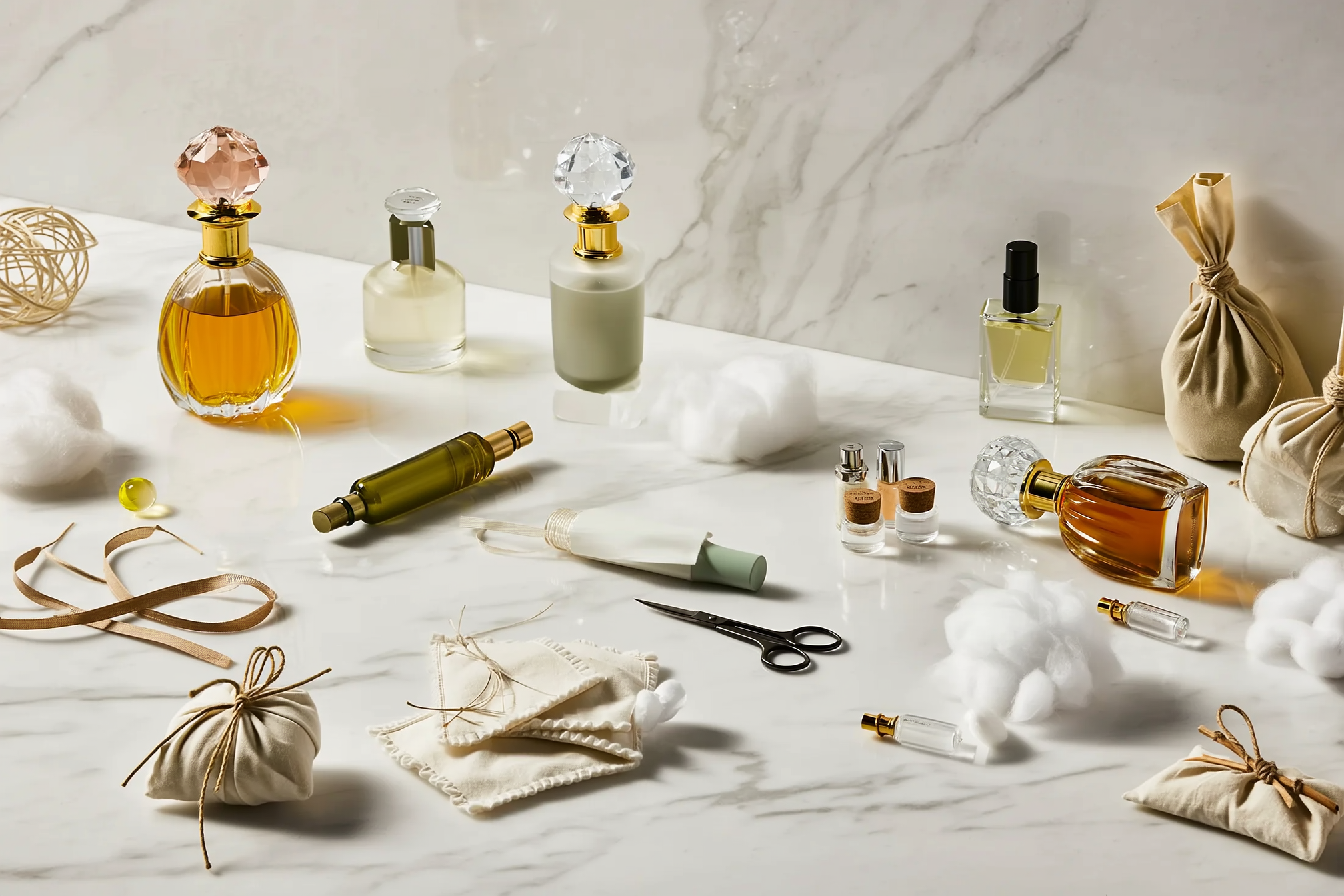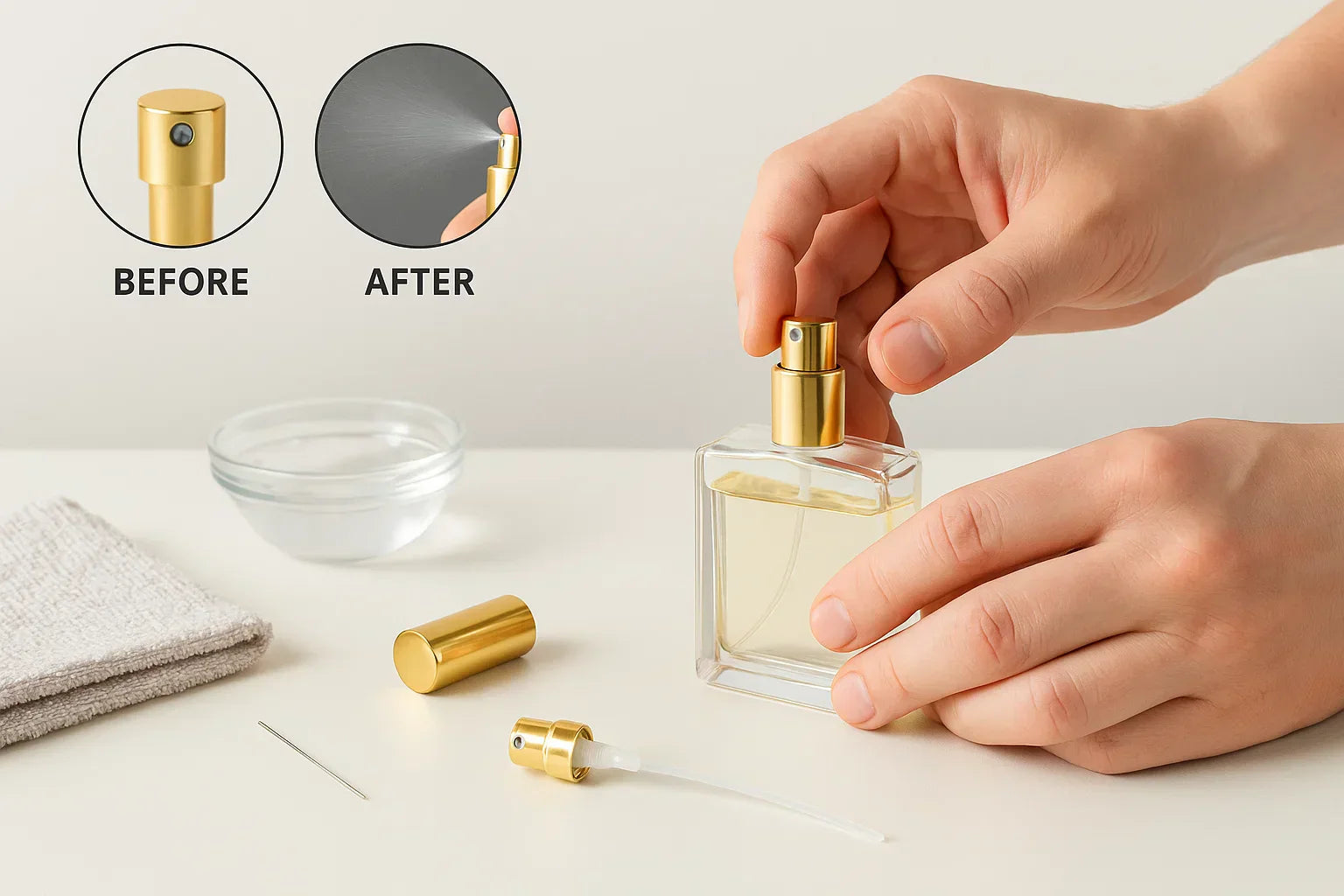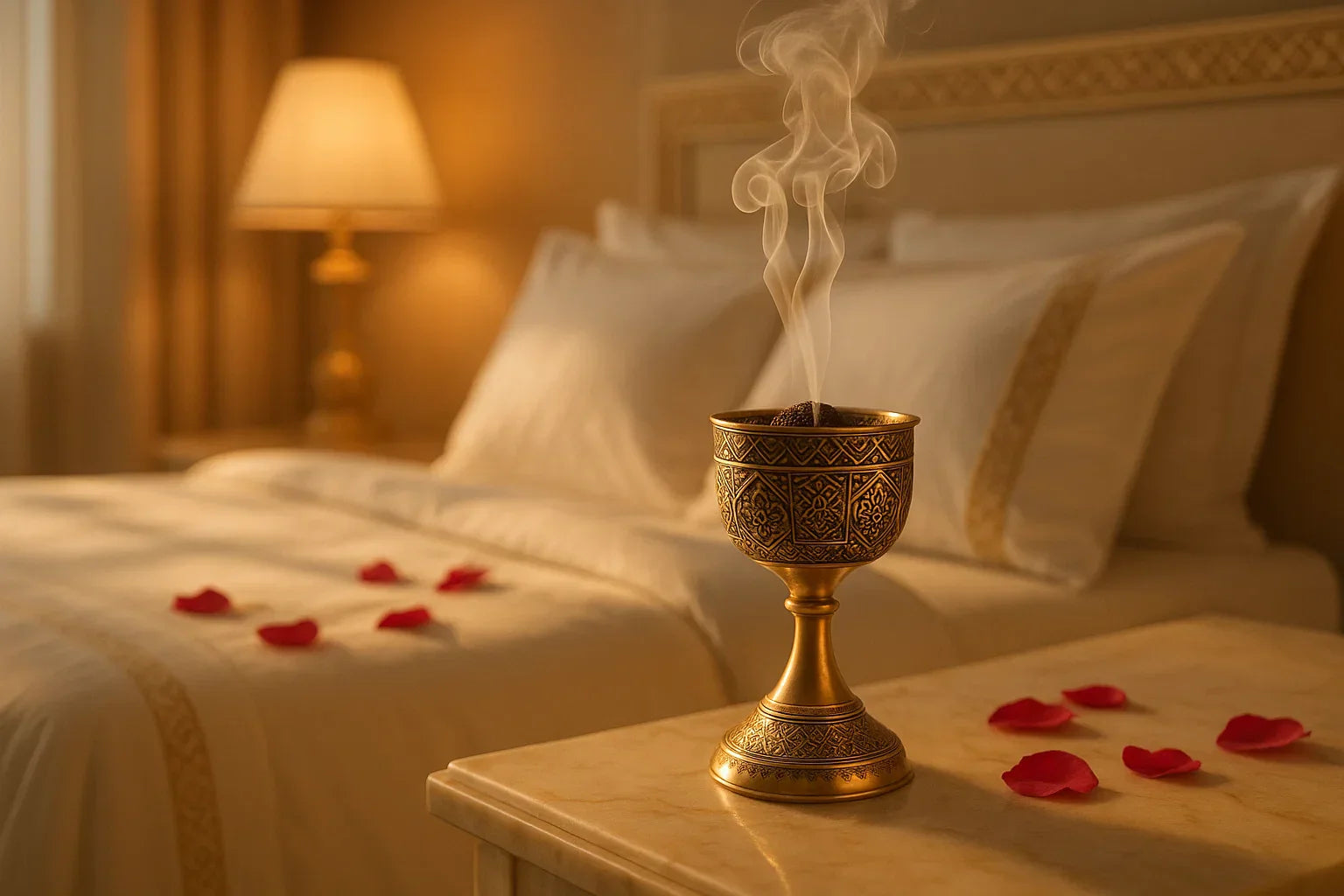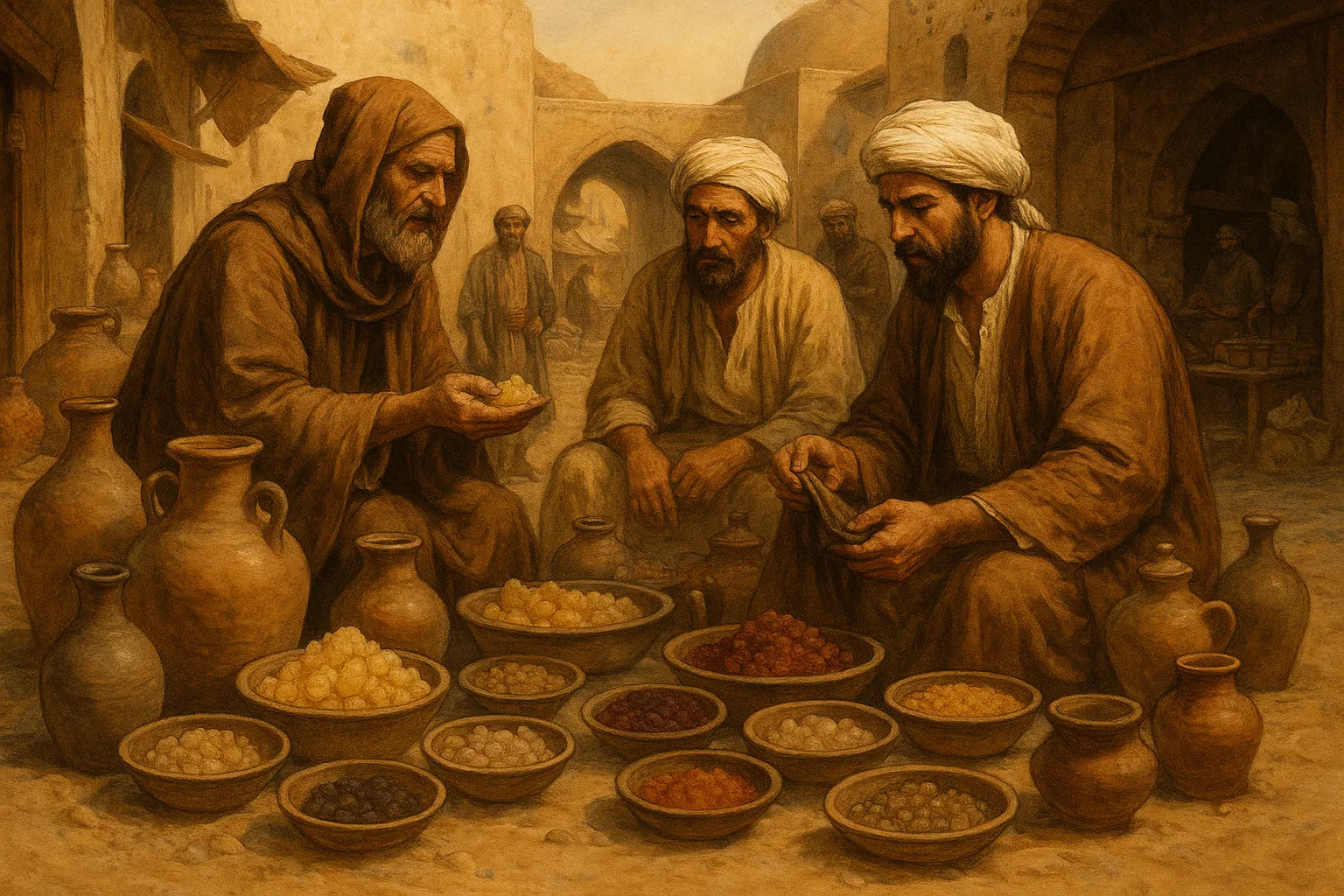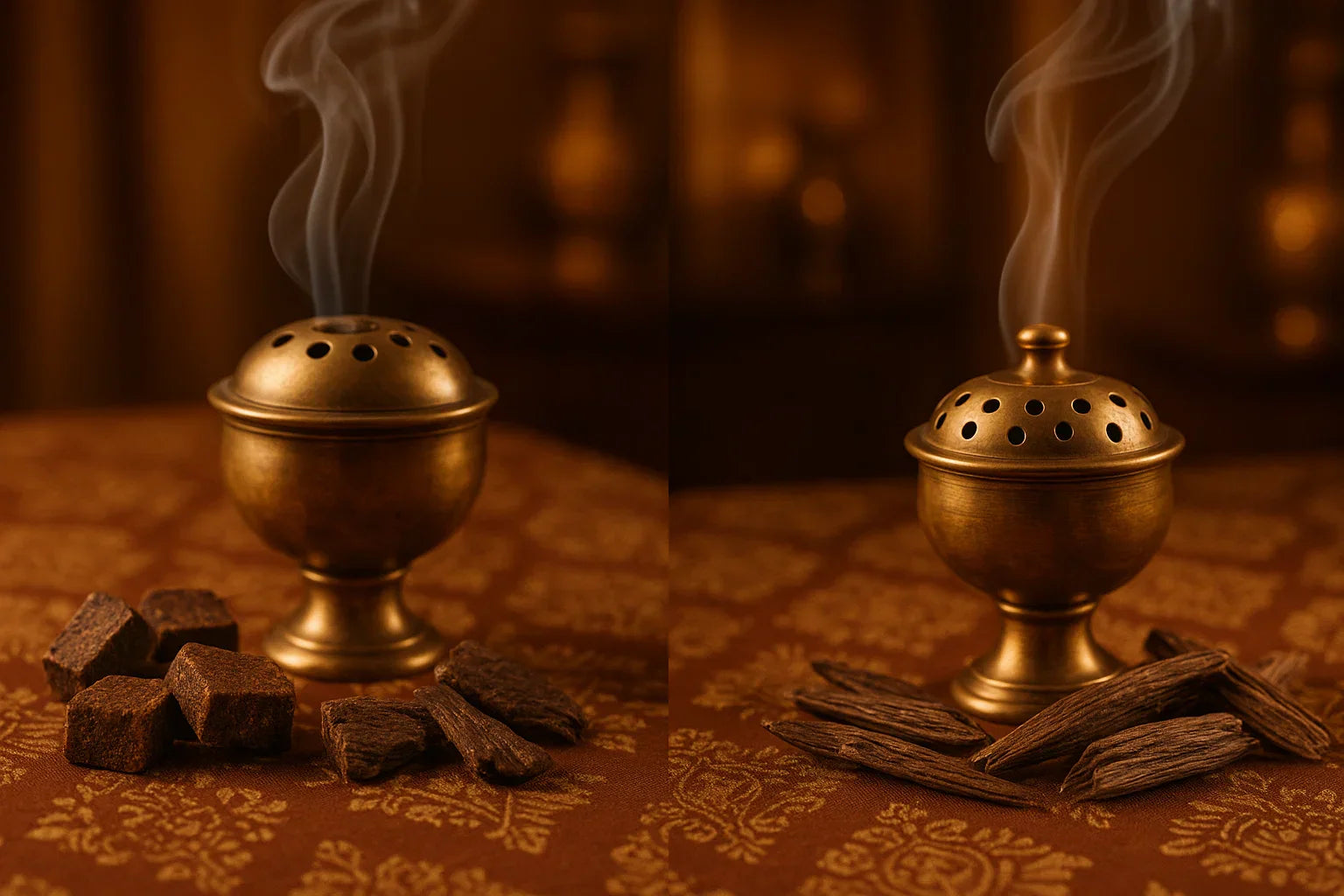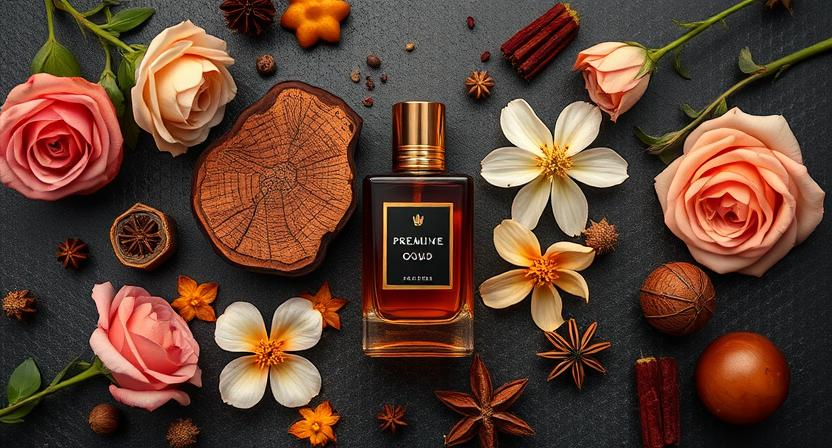
What Does Oud Smell Like?
Introduction
Oud, often referred to as "liquid gold," is one of the most expensive and sought-after fragrance ingredients in the world. Known for its rich, deep, and mysterious scent, oud has been cherished for centuries in Middle Eastern and Asian cultures. But what does oud actually smell like? This guide explores its unique scent profile, variations, and why it remains a favorite among fragrance enthusiasts.
What Is Oud?

Oud is a resinous wood derived from the Aquilaria tree, which produces a fragrant oil when infected by a specific type of mold. This rare and complex oil is used in high-end perfumery and incense.
The Scent Profile of Oud

The scent of oud is multidimensional and can be described as:
- Woody: A deep, warm, and resinous woodiness that is instantly recognizable.
- Smoky: Many oud varieties carry an earthy, smoky character, adding depth to its aroma.
- Animalic & Musky: Some types of oud have an intense, leathery, and slightly barnyard-like scent.
- Sweet & Balsamic: Depending on the origin, oud can have sweet, honeyed, or caramel-like undertones.
- Spicy & Earthy: Some ouds exhibit spicy, peppery, or earthy notes, enhancing their complexity.
Factors That Influence Oud’s Aroma

Several factors affect the final scent of oud, including:
- Origin: Oud from different regions (e.g., Cambodia, India, Laos) has distinct scent profiles.
- Tree Age: Older Aquilaria trees produce richer, more complex oud.
- Extraction Method: Steam distillation, hydro-distillation, and traditional methods impact the aroma.
- Maturation: Aged oud oil develops deeper and smoother notes over time.
Different Types of Oud and Their Scents

| Type of Oud | Region | Scent Profile |
|---|---|---|
| Cambodian Oud | Cambodia | Sweet, balsamic, warm |
| Indian Oud (Hindi Oud) | India | Animalic, smoky, intense |
| Laotian Oud | Laos | Earthy, spicy, slightly fruity |
| Thai Oud | Thailand | Resinous, deep, woody |
| Borneo Oud | Borneo | Fresh, citrusy, slightly floral |
How Oud Evolves Over Time
One of the fascinating aspects of oud is how its scent develops:
- First Application: Initially, oud can be sharp, pungent, or smoky.
- Mid-Development: The scent settles into warm, woody, and resinous notes.
- Dry-Down: After several hours, oud becomes smoother, sweeter, and more musky.
This evolution makes oud an incredibly dynamic and long-lasting fragrance ingredient.
Why Oud Is So Popular in Perfumery
Oud’s luxurious scent and depth make it a staple in many niche and designer fragrances. It is often used in:
- Oriental Perfumes: Blended with spices, amber, and resins.
- Woody Fragrances: Combined with sandalwood, cedarwood, and patchouli.
- Floral Oud Perfumes: Mixed with rose, jasmine, or saffron for a softer, more balanced aroma.
Pairing Oud with Other Fragrances
Oud blends exceptionally well with:
- Rose: Creates an opulent, floral-woody composition.
- Amber & Musk: Enhances warmth and depth.
- Citrus: Lightens and freshens the intensity of oud.
- Vanilla & Tonka Bean: Adds a sweet, creamy contrast.
Conclusion
Oud’s unique scent is a blend of rich woodiness, smokiness, and subtle sweetness, making it one of the most complex and luxurious fragrances in the world. Whether worn alone or blended with other notes, oud remains a timeless and sophisticated choice for fragrance lovers.
Want to explore high-quality oud fragrances? Discover our premium oud collection at Wani Perfumes.
